|
Spread the word everyone.... this has to stop!
Article originally found on Scuba Diver Life by Madison Stewart It has become the first thing people associate with my nation when I’m overseas, and has become a source of shame for those once proud of being Australian: the shark cull. The first question I usually hear is “how can people let this happen?” Or, “what is wrong with the Australian government?” It must seem crazy from the outside, watching a country defined by its wilderness going to great lengths to the kill off a vital part that wilderness. It’s not the general population pushing for a shark cull; only a small group actually supports the program. It is the government that sets the foundation for the disgusting environmental devastation in our waters. Even then, our government at large did not enact the policy that allowed the shark cull to take place; a few members snuck it past the usual policy approval routine. One man’s signature condemned many sharks off the coast of Western Australia, and has possibly damaged the local population forever. And what was the justification for this archaic, disgusting and unjust hunting and killing of protected species? To make the beaches a bit safer. The program has no scientific validity, and the population is force-fed fear around every corner. Being a shark advocate in Australia is exceedingly difficult, and we remain only a few steps behind countries that have wiped out their shark populations for good. But there is some hope, some amazing organizations and individuals, up before the sun every morning, trailing fishing boats, making sure their role in this policy is known to the world by documenting what is happening. These people risk thousands of dollars in fines to save the lives of sharks. The next time you enjoy the wild ocean on a dive, take a minute on your surface interval to write a letter to the western Australia government, and remember; we are all fighting for the same ocean. It’s the voice of the world that will stop this policy — make yours heard.
0 Comments
The Underwater Council of BC has been quite busy lately with buoy installations in Howe Sound. The first few going in are either replacing current equipment or re-installing buoys that have either disappeared or been damaged. The latest of these is the buoy at Christie which was re-installed last Saturday.
Sunday morning Roy, Alex, Glen and I headed out to dive the new installation and everything looks pretty good down there. An additional bonus is that the visibility in the sound is starting to clear up.... well at depth. Currently the top 15ft is like pea soup! Macro photography is still the way to go (as you can see from the photo below). Check out the full set on flickr. The past two weeks I have been a bit dry... ha! Last weekend was a field hockey tournament and this week work has gotten in the way! So, instead of fun pics from underwater BC I found a National Geographic video of stingrays 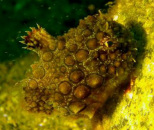 I admit that I love finding small stuff... the smaller the better!!! Such as this Pacific Spiny Lumpsucker! (isn't he cute!?) If you love little stuff, like I do - head on over to Sport Diver for their article on the 50 best small marine animals.... I think they are personally missing some stuff! ;) Today we finally had flat enough seas to head over to the Halkett Bioherme, which consists of beautiful sponge gardens and sponge on bioherme. There is still much debate about putting a mooring buoy on this beautiful dive site. Pros: less anchor damage Cons: more divers (and possible more damage) ... what to do.
Check out the album here and weigh in on the debate in the comments! Happy Diving! 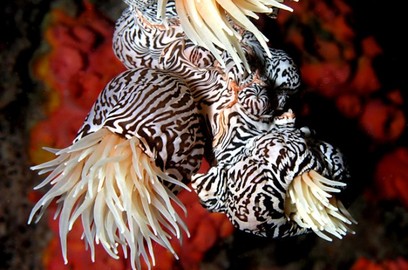 This is just cool ... I found this article on IFLS http://www.iflscience.com/plants-and-animals/new-order-anemones-revealed Sea anemones are cnidarians (same phylum as jellyfish and coral) that have been traditionally categorized in the order Actiniaria, which has 46 families totaling over 1,200 species. Researchers performing genetic analysis on sea anemones for the purposes of creating a detailed phylogenetic tree have revealed that at least one species was categorized so incorrectly, it warrants the creation of a new order. The details of the the research were published in PLOS ONE by lead author Estefanía Rodríguez of the American Museum of Natural History. Before DNA sequencing was available, species were categorized based on morphological features. For some organisms, like sea anemones, this presented certain challenges. "Anemones are very simple animals," Rodríguez said in a press release. "Because of this, they are grouped together by their lack of characters—for example, the absence of a skeleton or the lack of colony-building, like you see in corals. So it wasn't a huge surprise when we began to look at their molecular data and found that the traditional classifications of anemones were wrong." After analyzing the genomes of only 112 species and comparing it to physical features, there was plenty of information to reorganize the sea anemone’s tree of life. There had previously been four suborders, but now only two remain. Perhaps one of the biggest surprises is that one well known species wasn’t even a sea anemone at all. The organism, previously known as Boloceroides daphneae, was believed to be one of the largest sea anemones alive, as it had tentacle-like structures exceeding 2 meters (6 feet) in length. It was found near hydrothermal deep in the Pacific Ocean vents just recently in 2006. The genetic analysis has revealed that this animal is not a sea anemone at all. To properly classify it, a new order, family, and genus name had to be created. The species is now referred to as Relicanthus daphneae, and is currently the sole member of the order, though researchers expect other members will be added with further research. The striking appearance of R. daphneae to sea anemones is due to convergent evolution. “Even though this animal looks very much like a sea anemone, it is not one,” Rodríguez explained in the press release. “Both groups of animals lack the same characters, but our research shows that while the anemones lost those characters over millions of years of evolution, R. daphneae never had them. Putting these animals in the same group would be like classifying worms and snakes together because neither have legs.” 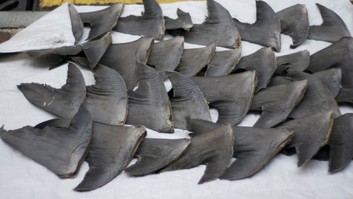 Article from Dive.in China just banned shark finning! Huge step in the Right Direction! The biggest importer and consumer of sharks are now banning shark fin soup. China’s government has, according to the Chinese news agency Xinhua, made a list of 420 endangered species that is no longer legal to consume, import or sell. And among the animals on the list are sharks. The punishment for breaking this new ban will be up to 10 years in prison. If this is uphold it would have a big effect for the fast decreasing shark population. We, here at DIVE.in, have not yet seen the list and can therefore not confirm if the ban covers all sharks or if it’s only a few individual sharks. Why is it so important to stop shark finning? The last couple of years we’ve seen a dramatic decrease in the shark population. Many areas before known for shark dives have long been “out of business” shark wise. The demand of sharks fin has been so high that our ocean now is nearly emptied for sharks. Organizations like Shark Savers has been fighting a long and hard battle against a booming shark fin industry, but now it looks like there’s light at the end of the tunnel. What is Shark fin soup Shark fin soup is a delicacy in some Asian countries, and is eaten in large amounts in China. As the fins are a very small part of the shark the fishermen’s, to save space, cuts off the fins and drops the shark body back in the ocean. Here you can read more about what shark fin soup is. Will this solve the problem? It’s hard to know what will happen now. This is definitely a step in the right direction, and hopefully we’ll still have sharks in our oceans in ten years. Do you know anything about the Chinese shark ban? We are looking for more updates and angels on this story, so if you know anything tell us in a comment or email me at [email protected] Until we know more show your support at #SayNoToSharksFin or #imFINished Follow us: @divein_news on Twitter Today everyone else on the dive boat bailed so it was just me and Glen! A little bit rainy but we checked out the new installation at North Bowyer. The UCBC (underwater council of BC) has been hard a work making mooring buoys and installing them... and some great news the sea stars are coming back :). Check out the photo set on flickr.
|
Archives
September 2016
Categories
All
|
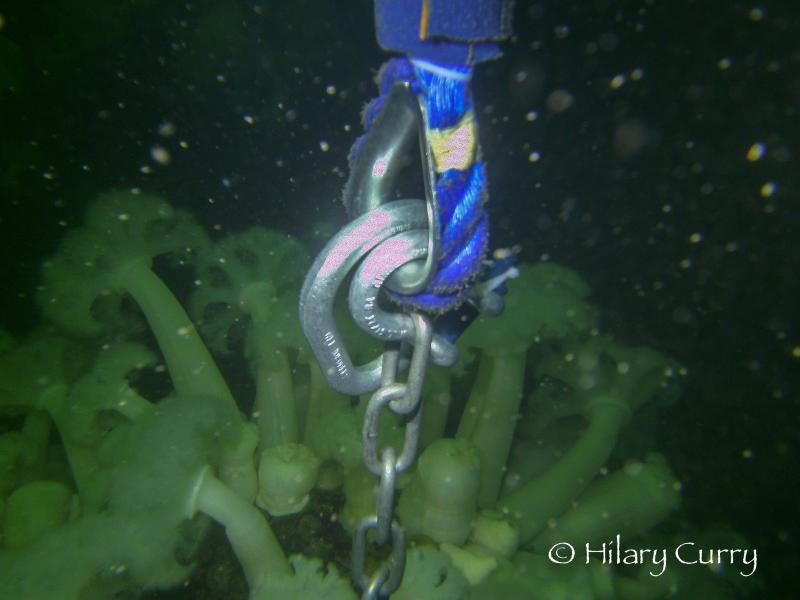
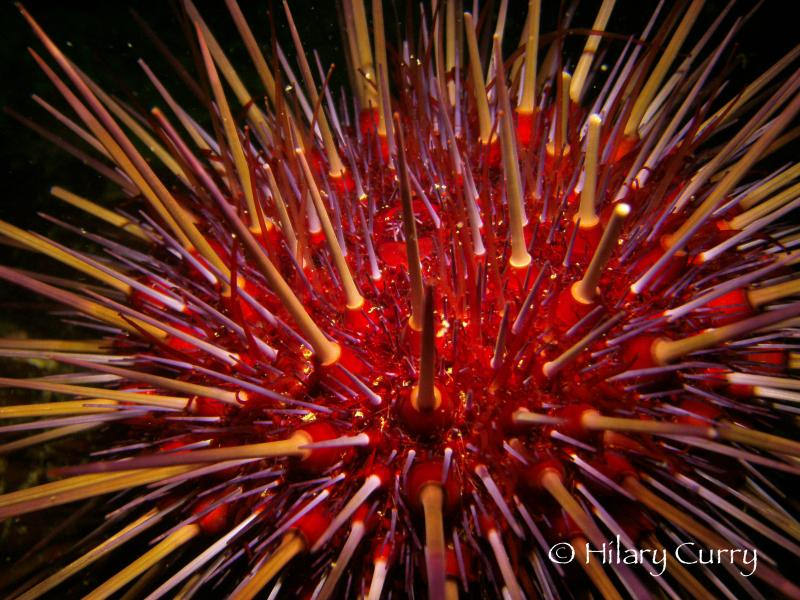
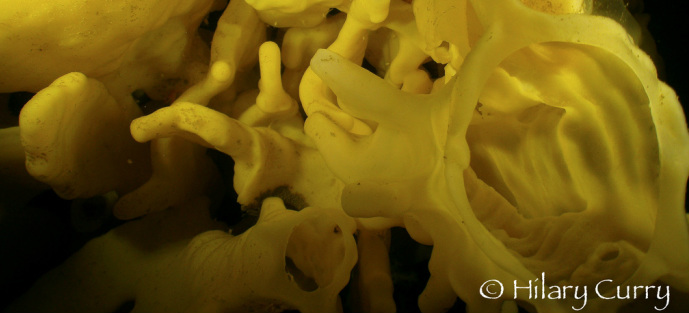
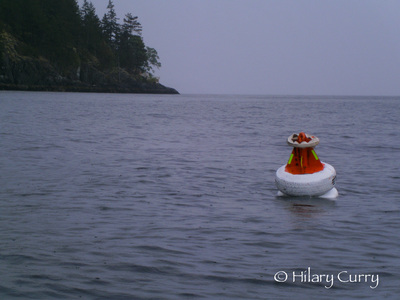
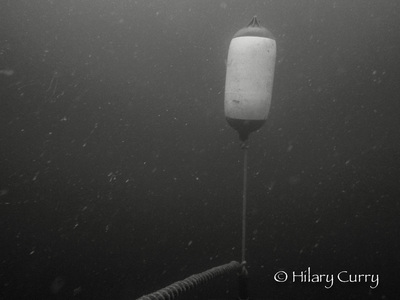
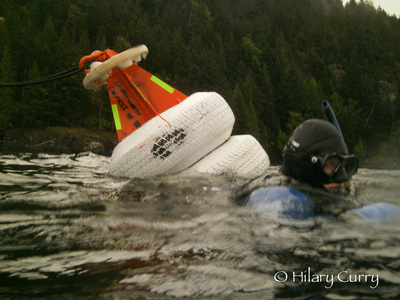
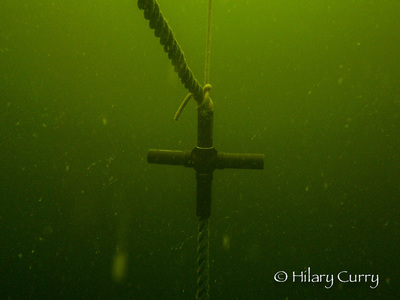
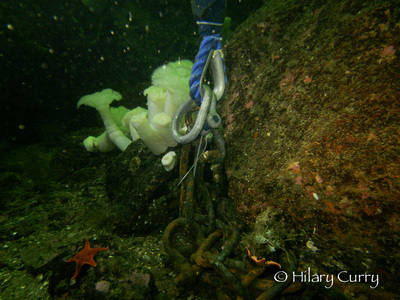
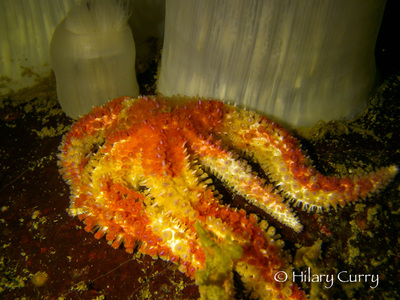
 RSS Feed
RSS Feed
